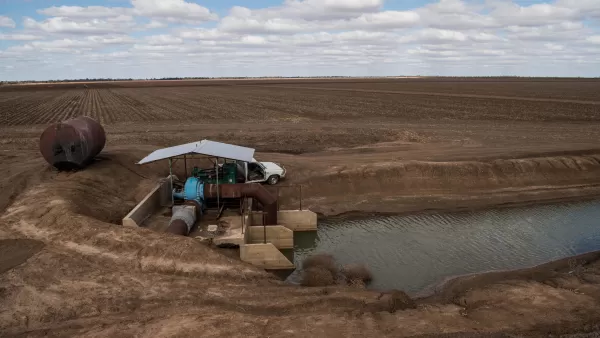Final Report: The Flow on Benefits of Microgrids for Agriculture
Industry:
Dairy, Horticulture, Poultry, Nursery and garden, Pork, Grains and fodder, Eggs, Cotton, Sugarcane, Beef, Aquaculture
Location:
Atherton Tablelands, Border Rivers, Cape York Peninsula, Central West, Darling Downs, Dry Tropics, Fitzroy, Mackay, Isaac and Whitsunday, Maranoa-Balonne, North West, South-East, South-West, Southern Downs, Torres Strait, Wet Tropics, Wide Bay Burnett, Queensland
Pump Type:
Not applicable
Irrigation Type:
Not applicable
Technology:
Irrigation and Pumps, Refrigeration, Heating, Air Conditioning, Lighting, Motors and Fans, Gas, Biogas, Demand Management, Diesel, Power Factor Correction, Tariffs, Solar Power and Renewables, Batteries and Storage, Real time Metering, Variable Speed Drives
The Flow on Benefits of Microgrids for Agriculture Project explored the feasibility of microgrids as an alternative solution across four different farming scenarios in Queensland and New South Wales, each representing a practical and replicable microgrid archetype.
Executive Summary
Unsustainable electricity costs are eroding the viability and productivity of many agriculture businesses and alternative solutions are needed. Tariffs are often ill-suited to the seasonality of ag energy use and on farm renewables are often underutilised without retailer options to share energy across meters on site or incentives to share locally. Reliability, increased electrification, power of choice, and decarbonisation present additional drivers for farmers to pursue greater energy independence and business resilience.
The Flow on Benefits of Microgrids for Agriculture Project explored the feasibility of microgrids as an alternative solution across four different farming scenarios in Queensland and New South Wales, each representing a practical and replicable microgrid archetype.
The Project found considerable underutilisation of substations at each case study location demonstrating the opportunity agriculture microgrids can present to regional grids if appropriately integrated into network revenue models and strategic planning. Acting like energy dams on regional grids, microgrids can offer grid firming services and emergency supply. Enabling state and federal regulation is necessary to unlock the full value stack for microgrids however distribution upgrade deferral payments are a good example of existing valuation mechanisms that could revaluate their remit and better value microgrids and other dispatchable Consumer Energy Resources (CERs).
Learnings, opportunities, and recommendations include ag tariffs anchored to productivity levers, regulatory innovation mechanisms, TUOs/DUOs/DUOs or other network tariff reforms, microgrid tariff modelling and trials, energy data rights and standards, accessible connection processes for microgrids and other dispatchable non-network loads, and the inclusion of local energy solutions in regional grid planning. Progress on all fronts is poised to bolster the productivity of agriculture in Australia and the resilience of regional communities as we navigate the energy transition.
Download the Final Report here
Download a Understanding Smart Grids: A brief overview of new energy technology resource
As part of this study, a number of case studies were developed exploring the use of microgrids on-farm.
Pioneer Valley - – large microgrid for a cane collective
Pokolbin – winery in the Hunter Valley
St George - edge of grid cotton farm
Wee Waa – mixed farming
